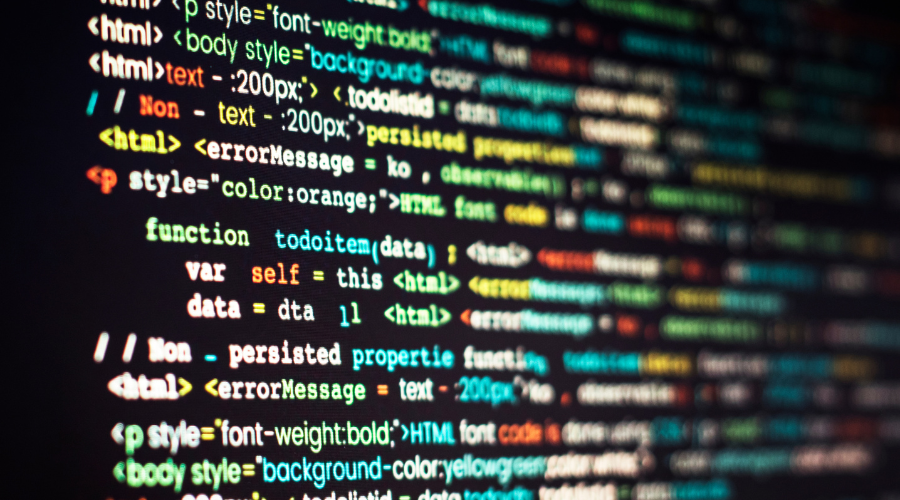The cybersecurity landscape continues to evolve with both innovative advancements and troubling threats. This week, we explore groundbreaking technology launches, widespread phishing campaigns, and significant data breaches affecting organizations worldwide. Staying informed helps professionals and organizations anticipate risks and respond proactively.
In the vast digital frontier, Zero-Day vulnerabilities are the modern-day outlaws — elusive, dangerous, and always one step ahead. These hidden flaws in software can strike when we least expect it, leaving organizations scrambling to catch up. But unlike a quick-draw duel, this showdown demands more than reflexes; it requires strategy, foresight, and the right partners by your side.
So, what’s driving this new era of vulnerabilities? Why are Zero-Days increasingly a staple of news headlines? And most importantly, how can your organization thrive in this volatile environment? Let’s explore.
This week in cybersecurity, major developments spotlighted the critical need for proactive measures and heightened vigilance. From zero-day vulnerabilities to innovative AI-powered scams, here are the key stories you need to know.
The cybersecurity landscape continues to evolve with incidents involving critical vulnerabilities, innovative malware campaigns, and developments in security technology. This week saw Citrix vulnerabilities being exploited, new malware targeting IoT devices, vulnerabilities in legacy D-Link routers, and major industry moves. Here’s an in-depth look at these developments and actionable steps to secure your systems.
In late 2021, a critical vulnerability known as Log4Shell was discovered in Log4j, a widely used open-source logging library integral to many Java-based applications and systems. The vulnerability allowed attackers to execute arbitrary code on affected servers by crafting malicious log messages. This flaw was particularly severe due to the extensive use of Log4j in numerous applications, making it a widespread risk.
The discovery of Log4Shell led to a global scramble as organizations rushed to identify and patch affected systems. The vulnerability was exploited by cybercriminals in various attacks, impacting sectors ranging from technology and finance to government and healthcare. The incident underscored the challenges associated with securing open-source software and the need for rapid response mechanisms.
This week brought forth a variety of significant cybersecurity developments, from data breaches affecting major organizations to the discovery of new zero-day vulnerabilities. These incidents underscore the critical importance of proactive security measures and comprehensive incident response planning.
Subscribe to our Newsletter
Quick Links

Business Data and Network Security. Simply.
A:
601-7360 137 St, Surrey, BC, V3W 1A3
E:
[email protected]
P:
855-561-4485
Local:
604-343-5858









